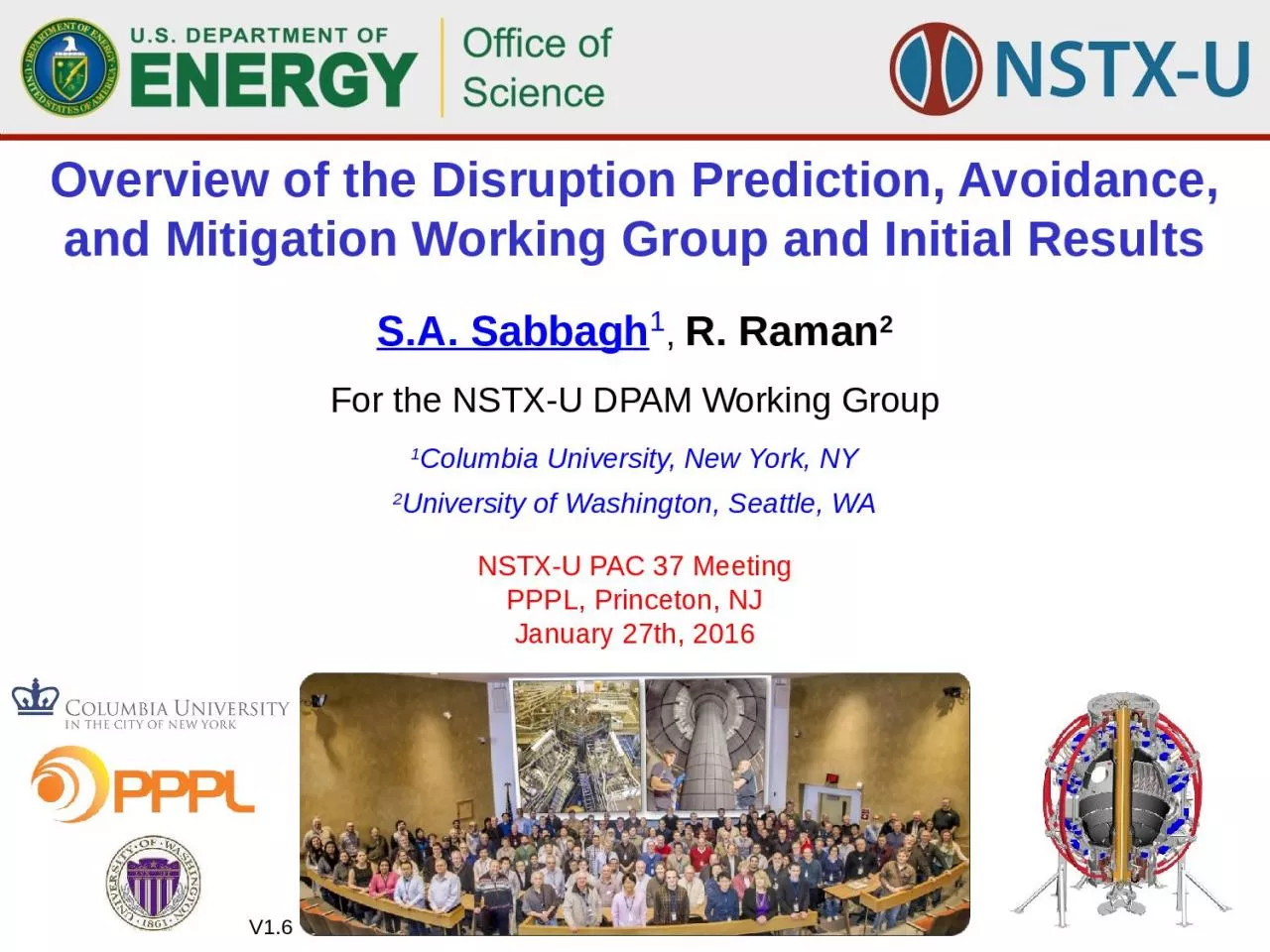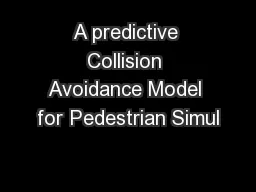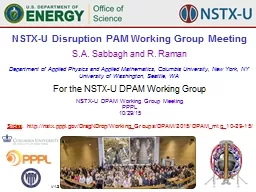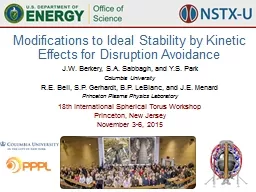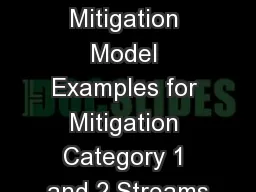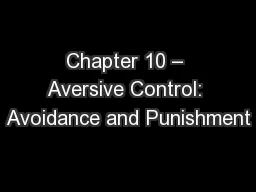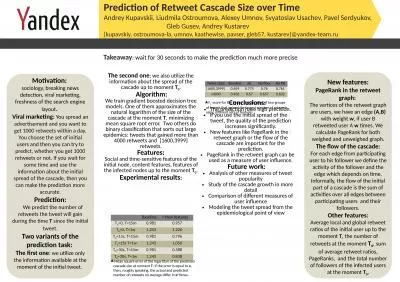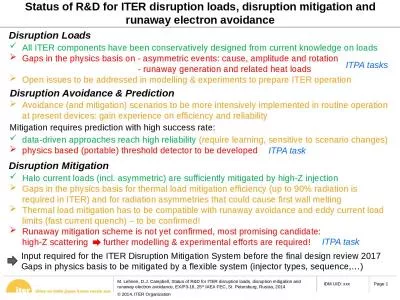PPT-Overview of the Disruption Prediction, Avoidance, and Mitigation Working Group and Initial
Author : cadie | Published Date : 2024-02-09
NSTXU PAC 37 Meeting PPPL Princeton NJ January 27th 2016 V16 SA Sabbagh 1 R Raman 2 For the NSTXU DPAM Working Group 1 Columbia University New York NY 2 University
Presentation Embed Code
Download Presentation
Download Presentation The PPT/PDF document "Overview of the Disruption Prediction, A..." is the property of its rightful owner. Permission is granted to download and print the materials on this website for personal, non-commercial use only, and to display it on your personal computer provided you do not modify the materials and that you retain all copyright notices contained in the materials. By downloading content from our website, you accept the terms of this agreement.
Overview of the Disruption Prediction, Avoidance, and Mitigation Working Group and Initial: Transcript
Download Rules Of Document
"Overview of the Disruption Prediction, Avoidance, and Mitigation Working Group and Initial"The content belongs to its owner. You may download and print it for personal use, without modification, and keep all copyright notices. By downloading, you agree to these terms.
Related Documents

